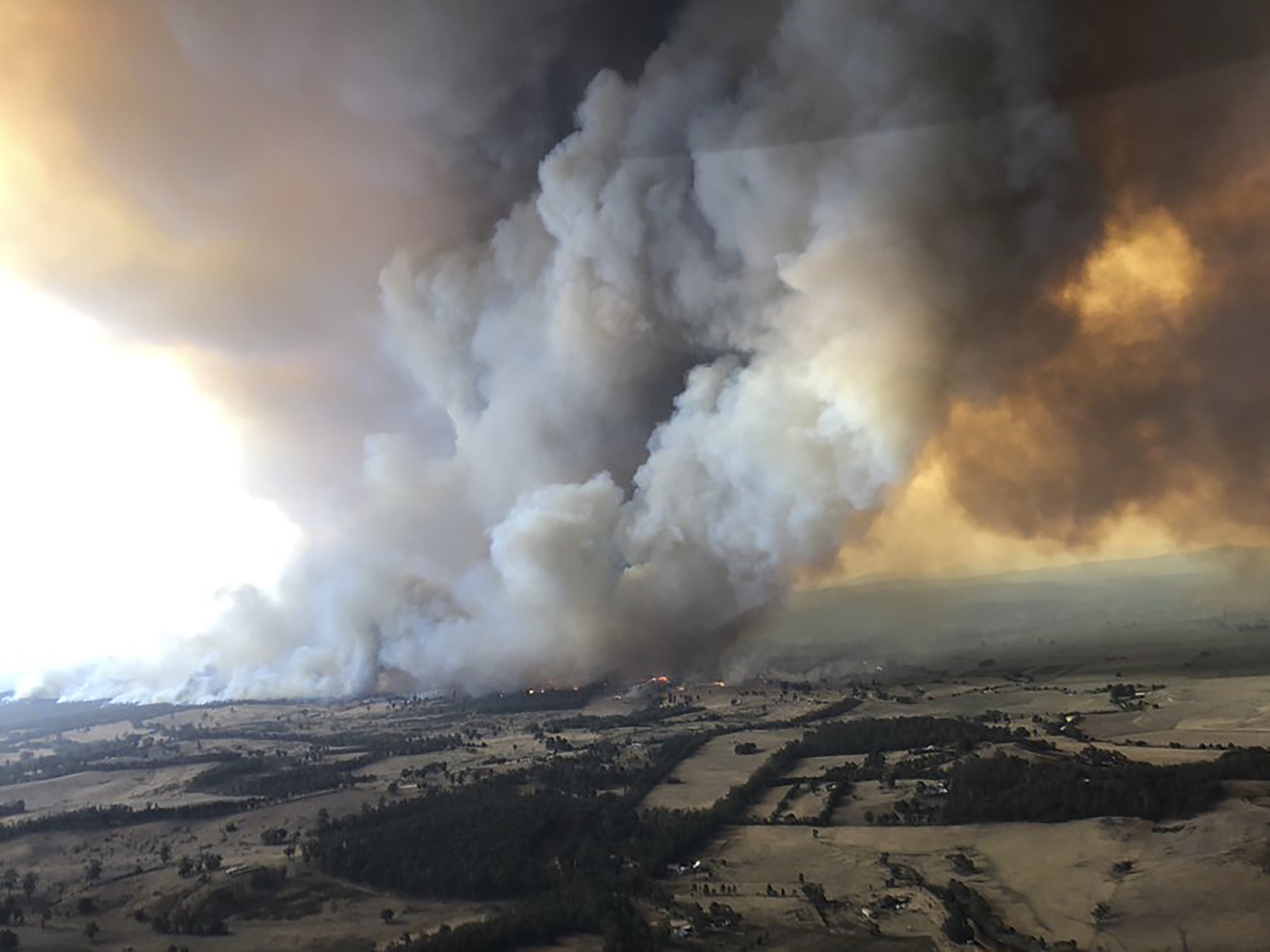Australians Trying to Flee Wildfires Are Getting Stuck in Massive Traffic Jams

Credit to Author: David Gilbert| Date: Thu, 02 Jan 2020 13:42:47 +0000
Tens of thousands of people were stranded for hours on gridlocked highways on the east coast of Australia Thursday as they tried to escape bushfires ravaging the region before conditions worsen again on Saturday.
The escalating threat from the bushfires led authorities in New South Wales to declare a week-long state-of-emergency and order tourists to leave a 155-mile zone along the picturesque south coast.
State Transport Minister Andrew Constance called it the “largest mass relocation of people out of the region that we’ve ever seen.”
Those fleeing the fires reported being stuck on gridlocked highways for up to 10 hours as some of the state’s major roads were closed due to threats from the fires.
Australian Prime Minister Scott Morrison called for calm, saying “the best thing that helps those out there volunteering, out there trying to restore some order to these situations, is for everyone to be patient.”
But those impacted directly by the fire are blaming Morrison for his continued lack of action, weeks after he was criticized for holidaying in Hawaii while the fires raged.
READ: 'No way in or out': Australians are fleeing to the beach to escape deadly wildfires
On Thursday he was berated by members of the public when he visited the town of Cobargo, where a father and son died defending their property from a fire earlier this week.
After one resident refused to shake Morrison’s hand, another told him he should be “ashamed of himself” while others called him a “moron,” a “scumbag” and a “bloody dickhead.”
“Every time this area gets a flood or a fire we get nothing,” one resident complains.
Firefighters got some relief thanks to cooler conditions on Thursday, after extreme temperatures once again escalated the bushfires around Sydney on New Year’s Eve. The cooler conditions are expected to continue into Friday, but authorities are already preparing for a return to extremely high temperatures and strong winds on Saturday.
“The conditions on Saturday are likely to be worse than New Year’s Eve and a lot of those areas in the south-east quadrant of the state have the potential to be impacted and impacted very heavily,” NSW Rural Fire Service Commissioner Shane Fitzsimmons said.
New South Wales premier Gladys Berejiklian, who announced the state of emergency on Thursday, told reporters afterward that the decision wasn’t made lightly and that residents should “be prepared for what could be a horrible day on Saturday.”
In Victoria, Premier Daniel Andrews declared a State of Disaster for the first time in the state’s history and giving authorities powers to order forced evacuations. Andrews said the state faces an "unprecedented" threat from fires in the coming days and warned that authorities won’t be able to save the lives of everyone who defies the evacuation orders.
READ: Australia keeps smashing heat records as fires rage
Seven people have died in the fires in New South Wales since Monday, and further south in Victoria, concerns are growing for 17 people who remain unaccounted for. Since September, bushfires have killed 18 people and destroyed more than 1,200 homes across NSW and Victoria. Scientists estimate that up to half a billion animals have been killed as a result of the wildfires, including up to 8,000 koalas.
Deadly fires earlier this week left dozens of towns and villages completely cut off, leading to food and water shortages. Supermarkets and gas stations across NSW and Victoria have seen long queues in recent days.
One of those areas cut off from the outside world was the small coastal town of Mallacoota, in Victoria near the NSW border, where residents and holidaymakers flooded the beach on New Year’s Eve as fires encircled the town, cutting off any route out by land. On Thursday the HMAS Choules arrived off the coast of the town, and the Victoria Premier Daniel Andrews said the ship would begin to evacuate people early on Friday.
The vessel is capable of taking up to 800 people at one time, and Andrews said it could do “multiple trips” if more than 1,000 people registered to make the arduous 16-hour trip to the nearest port.
Across New South Wales and Victoria more than 200 fires continue to rage creating a plume of smoke wider than Europe, and one that’s visible on New Zealand’s South Island, some 1,200 miles away.
Cover: In this Monday, Dec. 30, 2019, aerial photo, wildfires rage under plumes of smoke in Bairnsdale, Australia. Thousands of tourists fled Australia's wildfire-ravaged eastern coast Thursday ahead of worsening conditions as the military started to evacuate people trapped on the shore further south. (Glen Morey via AP)
This article originally appeared on VICE US.